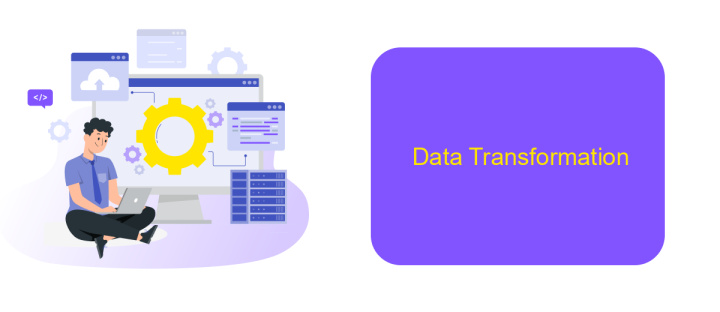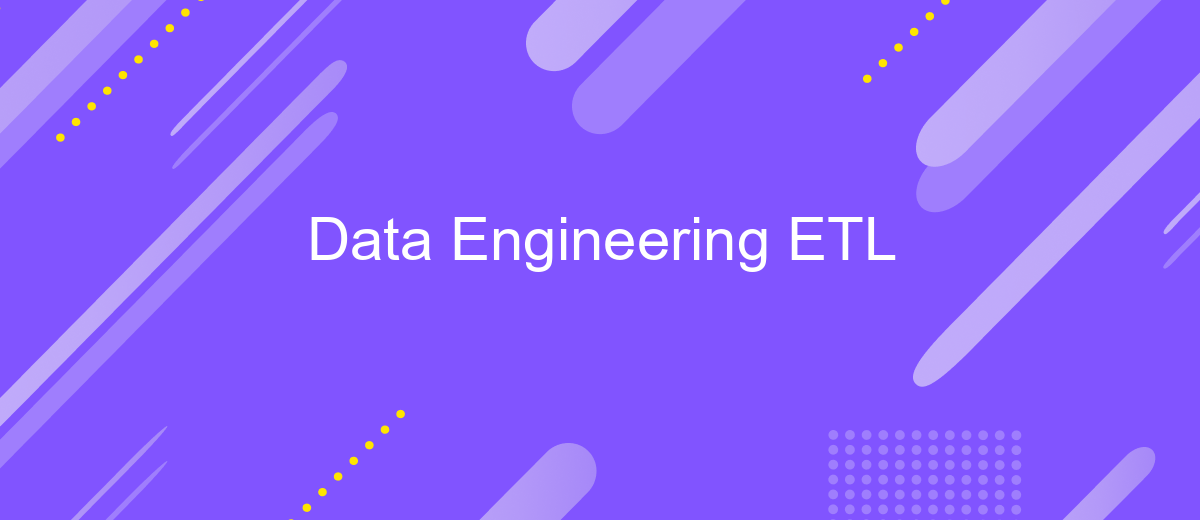Data Engineering ETL
Data Engineering ETL (Extract, Transform, Load) is a crucial process in managing and optimizing data workflows. It involves extracting data from various sources, transforming it into a usable format, and loading it into a destination system. This process ensures data integrity, enhances performance, and supports informed decision-making in businesses. Understanding ETL is essential for anyone involved in data management and analytics.
Introduction
Data Engineering ETL (Extract, Transform, Load) is a critical process in the field of data management and analytics. ETL involves extracting data from various sources, transforming it into a suitable format, and loading it into a data warehouse or other destination system. This process ensures that data is accurate, consistent, and ready for analysis, enabling organizations to make data-driven decisions.
- Extraction: Gathering data from multiple sources such as databases, APIs, and files.
- Transformation: Cleaning, filtering, and converting data into a usable format.
- Loading: Storing the transformed data into a data warehouse or another storage system.
Effective ETL processes require robust tools and services to manage data integration seamlessly. One such service is ApiX-Drive, which facilitates the automation of data workflows by connecting various applications and data sources. With ApiX-Drive, businesses can streamline their ETL processes, ensuring timely and accurate data integration, ultimately enhancing their data analytics capabilities.
ETL Process Overview

The ETL (Extract, Transform, Load) process is a fundamental aspect of data engineering, involving the extraction of data from various sources, its transformation into a suitable format, and the loading of this transformed data into a target database or data warehouse. During the extraction phase, data is gathered from multiple sources such as databases, APIs, and flat files. This raw data often comes in different formats and structures, necessitating careful handling to ensure consistency and accuracy. The transformation phase involves cleaning, filtering, and enriching the data to meet specific business requirements. This step is crucial for ensuring data quality and making it suitable for analysis.
In the final loading phase, the transformed data is transferred to a target system where it can be accessed for reporting and analysis. Tools like ApiX-Drive can significantly streamline this process by automating data integrations and ensuring seamless data flow between disparate systems. ApiX-Drive offers pre-built connectors and a user-friendly interface, making it easier to set up and manage ETL pipelines without extensive coding. By leveraging such services, organizations can enhance their data workflows, reduce manual intervention, and focus more on deriving actionable insights from their data.
Data Extraction

Data extraction is the initial step in the ETL (Extract, Transform, Load) process, where raw data is collected from various sources for further processing. The goal is to gather accurate and relevant data to ensure the success of subsequent transformation and loading stages. This phase involves identifying data sources, understanding data formats, and ensuring data quality.
- Identify all potential data sources such as databases, APIs, and flat files.
- Understand the structure and format of the data from each source.
- Use tools and services like ApiX-Drive to automate data extraction and integration.
- Ensure data quality by validating and cleaning the extracted data.
- Store the extracted data in a staging area for further processing.
Using tools like ApiX-Drive can significantly streamline the data extraction process by automating the integration with various data sources. This not only saves time but also reduces the risk of errors, ensuring that the extracted data is reliable and ready for transformation and loading. Proper data extraction sets the foundation for a successful ETL process, enabling accurate and efficient data analysis.
Data Transformation

Data transformation is a critical phase in the ETL (Extract, Transform, Load) process, where raw data is converted into a format suitable for analysis and reporting. This step involves a range of activities, including data cleaning, normalization, and aggregation, to ensure data quality and consistency.
During the transformation process, data is often enriched and standardized to meet the needs of downstream applications. This may involve converting data types, applying business rules, and merging data from multiple sources. Effective data transformation ensures that the data is accurate, reliable, and ready for use in decision-making processes.
- Data Cleaning: Removing duplicates and correcting errors.
- Data Normalization: Standardizing data formats and values.
- Data Aggregation: Summarizing data to provide insights.
- Data Enrichment: Adding additional information to enhance data quality.
Tools like ApiX-Drive can simplify the data transformation process by automating integrations and data workflows. ApiX-Drive allows users to connect various data sources and apply transformation rules without extensive coding, making it easier to maintain data integrity and streamline ETL operations.


Data Loading
Data loading is the final step in the ETL process, where transformed data is moved into a target system, such as a data warehouse, database, or data lake. This step is crucial as it ensures that the processed data is available for analysis and reporting. The loading process must handle large volumes of data efficiently while maintaining data integrity and consistency. Various techniques, such as batch loading and real-time loading, can be employed depending on the use case and performance requirements.
Integrating data from multiple sources can be challenging, but services like ApiX-Drive simplify this task by providing seamless integrations with various platforms. ApiX-Drive allows for automated data transfers between different systems, reducing the need for manual interventions and minimizing errors. By leveraging such tools, businesses can ensure that their data loading processes are not only efficient but also reliable, enabling timely access to critical insights and decision-making.
FAQ
What is ETL in Data Engineering?
Why is ETL important in data engineering?
What are the common challenges in ETL processes?
How can I automate ETL processes?
What skills are required for a Data Engineer working with ETL?
Apix-Drive is a universal tool that will quickly streamline any workflow, freeing you from routine and possible financial losses. Try ApiX-Drive in action and see how useful it is for you personally. In the meantime, when you are setting up connections between systems, think about where you are investing your free time, because now you will have much more of it.

